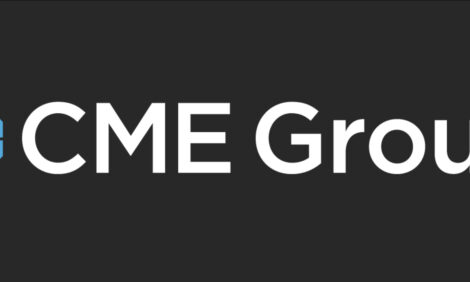



Will Weak Cattle Prices Continue?
US - Shoppers looking for value, pork and poultry meat exports lowering and a stronger US dollar are some reasons why cattle are having a bearish year, writes Chris Hurt, Purdue University Extension Economist.I thought finished cattle prices were going to have a very bullish year with prices well into the $130s by now. Live cattle futures started the year with the same enthusiasm, but have deflated since. What went wrong?
The mystery can be unraveled by looking at supply and demand. On the supply side, the expectation at the start of 2013 was for a three per cent decline in beef production during the first-half of the year. To date, beef supplies have been down closer to one per cent . More beef often means lower prices.
There seem to be three demand components contributing to the weaker than expected cattle prices. First, the U.S. economy may have been weaker so far this year than anticipated. Second, reduced pork and chicken exports have meant that more of those products have been adding to domestic meat supplies. Third, retail beef prices rose to record high levels while retail prices of competitive animal proteins were not rising as much, or even falling.
Beef exports now look somewhat weaker than last year. The culprit seems to be the strength of the U.S. dollar. The dollar has risen about four per cent so far this year. Even more dramatic has been the 12 per cent drop in the value of the Japanese yen relative to the dollar. Japan is an important buyer of U.S. beef.
Pork exports have dropped off sharply this year, being down fourteen per cent in the first two months of the year and chicken exports were down three per cent . Lower exports means there is more pork and chicken that remains in the domestic market to compete with beef.
The weak U.S. economy has many consumers shopping for value and competitive animal proteins have had lower prices relative to beef over the past six months. Retail choice beef prices have been at record high levels this year reaching $5.30 per retail pound in March. Retail beef prices have risen relative to retail pork prices by about six per cent over the past six months. Beef prices have risen about ten per cent relative to turkey, four per cent relative to chicken, and seven per cent relative to eggs.
The recent Cattle on Feed report suggest some changes in direction for feedlot managers as well. The changes are consistent with the recent lower prices of corn and other feed ingredients. First, managers were anxious to place more cattle in March with placements up six per cent compared to a year-ago.
In the period from July 2012 to February 2013 monthly placements had averaged eight per cent lower due to high feed prices. Secondly, marketings were smaller than expected in March as managers now seem willing to hold cattle somewhat longer and thus market at higher weights given cheaper feed. There is a lot of unused pen space in feedlots and managers want to use that any way they can.
Live cattle futures have responded to the downside this year. June futures, as an example, have fallen $10 per hundredweight from the low $130s at the start of the year to the low $120s today. Will they recover?
Continued small beef supplies for the rest of this year suggest they will. Second and third quarter beef supplies are expected to be down three per cent and should enable finished steer prices to maintain the mid-$120s. Last quarter supplies could drop by six to seven per cent with prices rising into the low $130s. First quarter 2014 prices should improve a few dollars toward the low-to-mid $130's. These forecasts are all higher than current futures prices.
If crop yields are closer to normal this year, then much lower feed prices will stimulate expansion of all animal species assuming corn moves to near $5 a bushel or lower as current markets anticipate by harvest. More normal crop yields imply improved pasture conditions at least in the Southeastern U.S. and the Midwest.
Under these conditions, heifer retention is expected to begin in the fall, at least in areas that have improved pastures and ranges. The magnitude of the expansion will depend on the level of improvement in crop and forage yields and on how low feed prices drop.
Generally, the early stages of expansion result in the highest prices across the cattle cycle as slaughter supplies are already small and heifer retention pulls down beef supply even more. This all suggest better days ahead for both finished cattle and calf prices.
TheCattleSite News Desk

